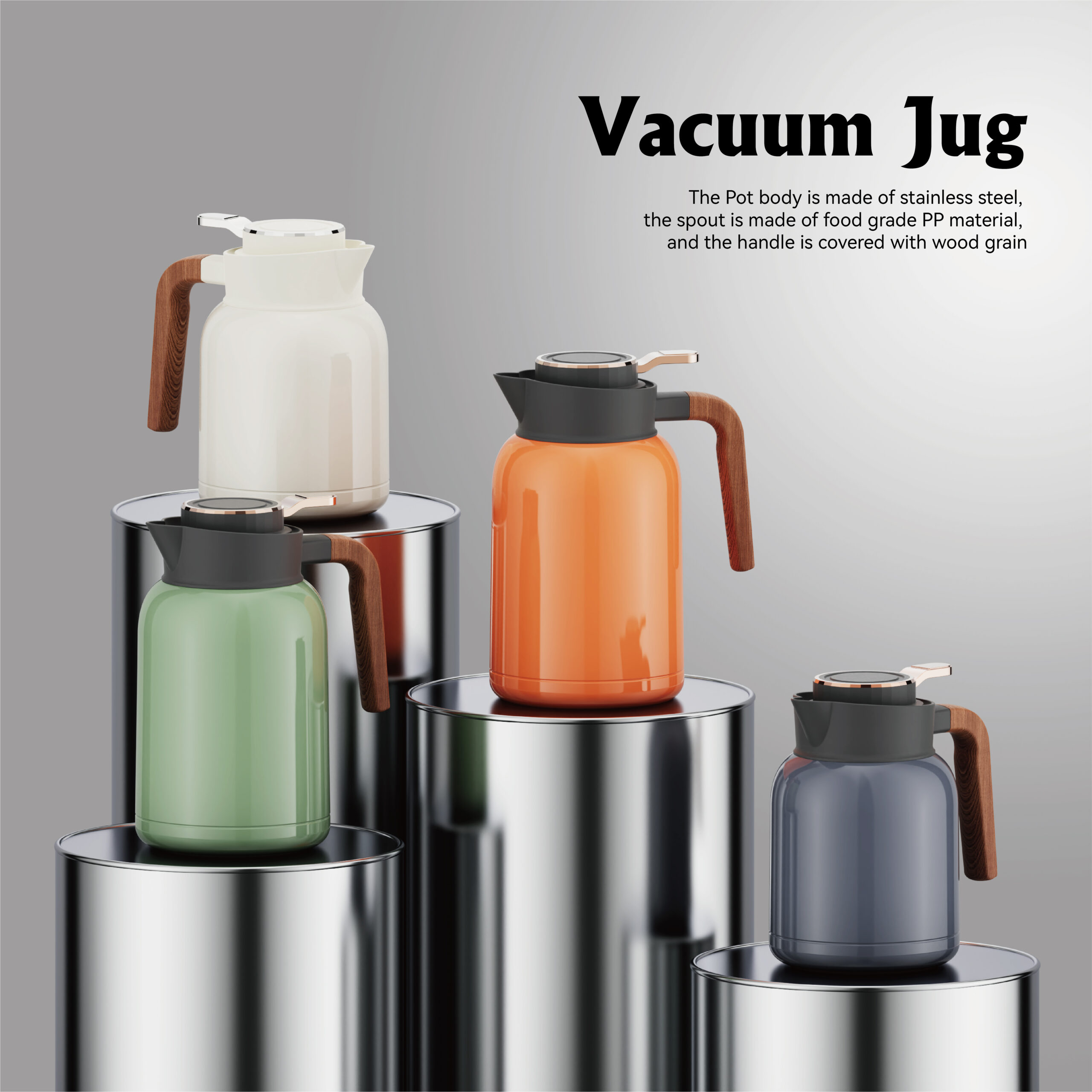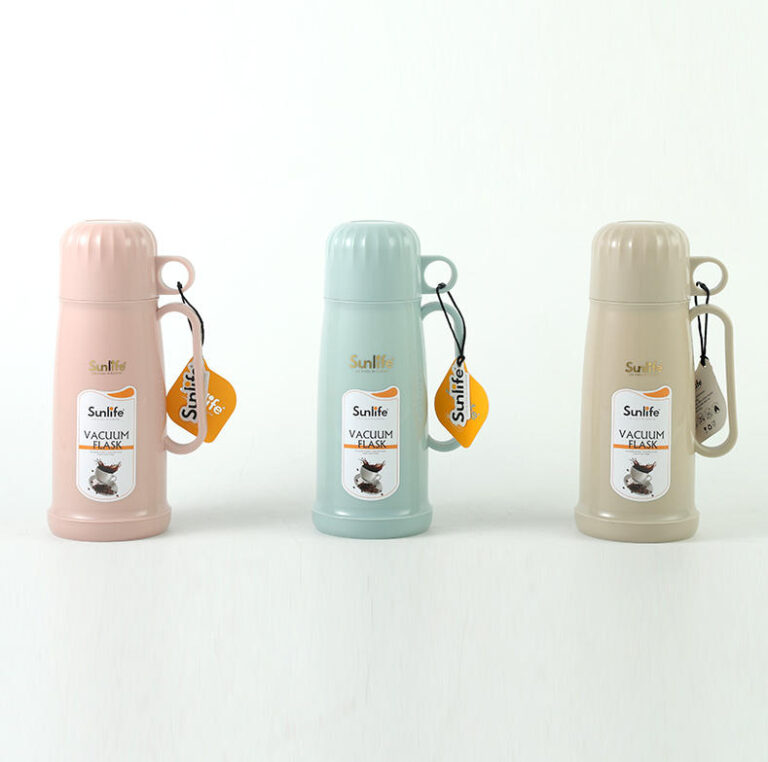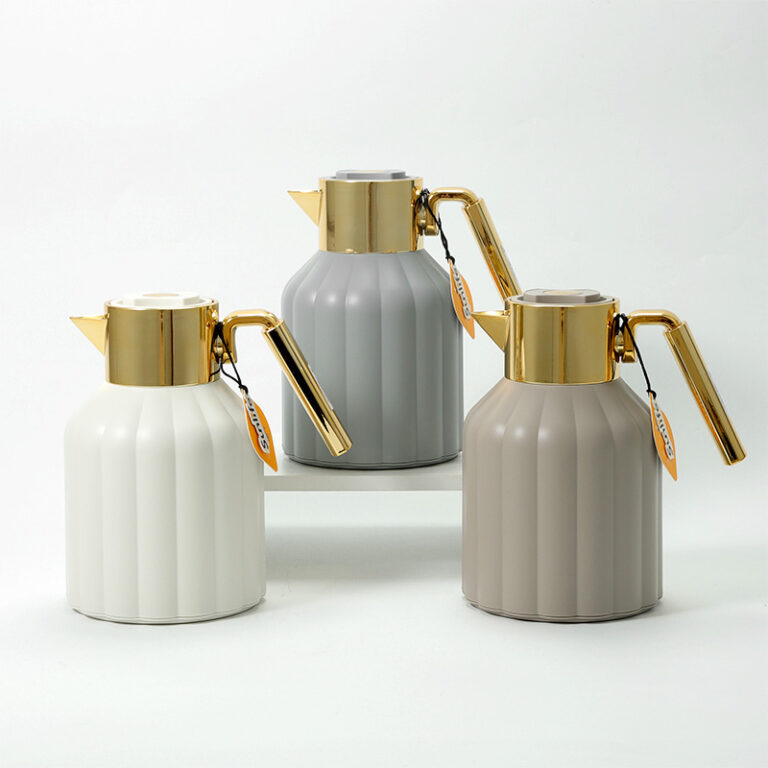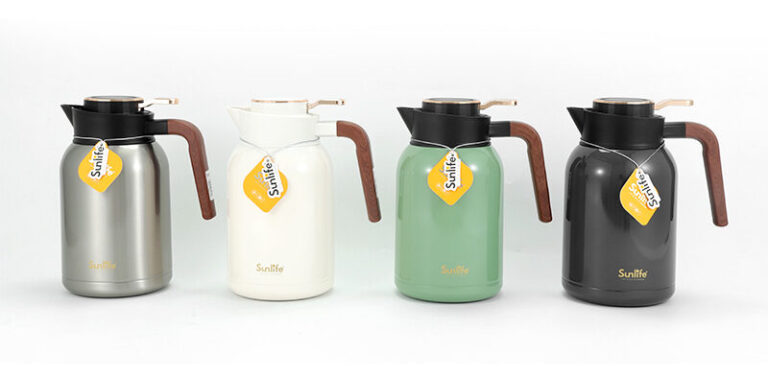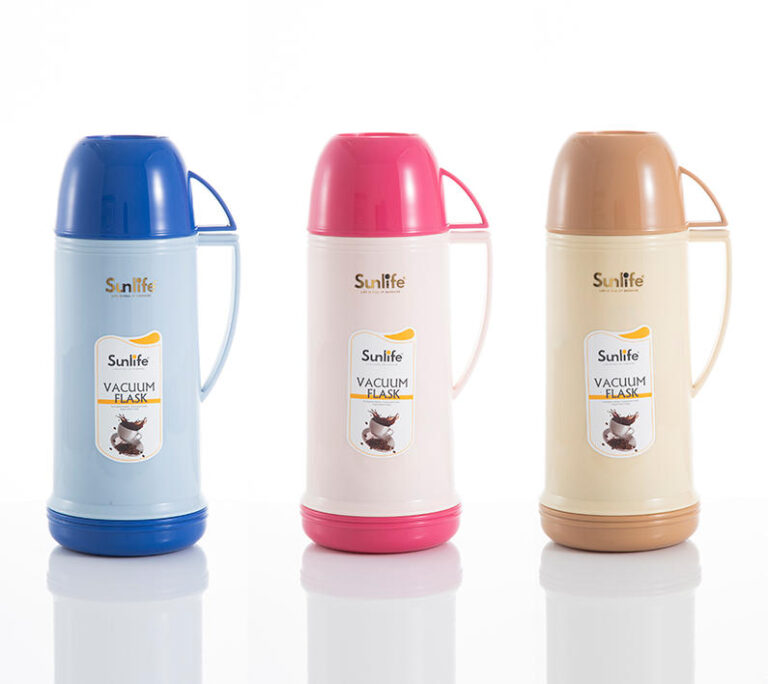Insulated containers make a big difference in keeping food hot, ideal for parties or camping. Their heat-holding capability keeps meals flavorful and warm for several hours. But why are they so effective? This article examines the science, materials, design, and new features of insulated containers. It also discusses why Veley is a trusted supplier.
How Do Insulated Casseroles Work to Hold Heat?
Insulated containers are created to keep food at the right temperature, hot or cold, by slowing down heat transfer. This section explains how insulated containers keep meals at the right warmth for hours at a time.
The Science of Heat Retention in Insulated Casseroles
Heat is transferred in three ways: conduction, convection, and radiation. Insulated containers are constructed to overcome all three. Conduction is where heat is transferred by direct contact. These containers utilize materials that do not permit heat to flow freely. This holds warmth. Convection happens when heat is emitted by the movement of air. Sealed buildings do not allow air to pass, thus keeping heat in position. Radiation is when heat moves away in form of energy. Shiny surfaces on some containers reflect the heat back into the food. Insulated containers hold heat for several hours by regulating these processes.
Key Components Contributing to Heat Preservation
Several components cooperate in retaining heat well. A double-wall construction is found in most insulated containers. The walls have an air or vacuum layer between them. This layer serves as a barrier to prevent heat from escaping. Foam or a vacuum is used in some containers to provide additional insulation. This retards heat movement still further. Airtight lids are essential as well. They keep heat from escaping by preventing air from passing through. They also help retain pressure in line. Dull interior finishes, often in metal pans, return heat toward food. Such pieces create a warm space that keeps meals hot for hours.
What Kind of Insulating Materials Are Generally Used in Casseroles?
The kind of materials used makes a big difference regarding the effectiveness of an insulated pan. Here, we look at common materials and their features.
Thermal Properties of Stainless Steel
Metal like stainless steel is also preferred in insulated containers as it’s strong and has good heat properties. It conducts heat slowly, reducing heat loss. It’s resistant to rusting and wear and tear, so it can serve for a long time. Its shiny reflective surface reflects heat back, heating food better. Veley’s double-wall stainless steel products exemplify these features, providing strong and effective heat retention.
The Role of Foam Insulation in Heat Retention
Foam insulation, typically made of plastic, is used in some containers for increased heat retention. Foam does not permit heat to pass through easily. This means that warmth is retained properly. It’s also light, so containers are easy to carry around. Containers insulated using foam are cheaper compared to vacuum-sealed containers. Foam may not work as well as vacuum-sealed technology in high-end models, though.
Benefits of Vacuum-Sealed Technology
Vacuum-sealed containers are the best to maintain heat. Here’s why they’re better:
Better Heat Retention
A vacuum layer indicates that there is no air between the walls. This prevents heat from traveling through conduction or convection. Therefore, these containers can retain heat for 6 to 12 hours. They’re also convenient. They perform well with both hot and cold food. They hold temperatures well. Veley’s vacuum-sealed items employ this technology for excellent results.
| Material | Heat Retention | Durability | Weight | Cost |
| Stainless Steel | Good | Very Good | Medium | Medium-High |
| Foam Insulation | Fair | Fair | Light | Low-Medium |
| Vacuum-Sealed | Very Good | Good | Medium | High |
Why Is the Design of an Insulated Casserole so Crucial to Heat Efficiency?
Apart from materials, design is key to the function of an insulated container. This section examines how some design elements maximise heat efficiency.
The Importance of Lid Sealing Mechanisms
The lid plays a critical role in heat loss prevention. There are airtight seals, typically made of rubber or silicone, that give an airtight covering. This will not allow air to flow in or out. It holds heat. There are lids that also include clamps or twist-locks. These ensure that the container is covered while it is being moved. Insulated lids offer extra protection against heat loss. A well-designed lid holds heat. This keeps food from losing temperature for hours.
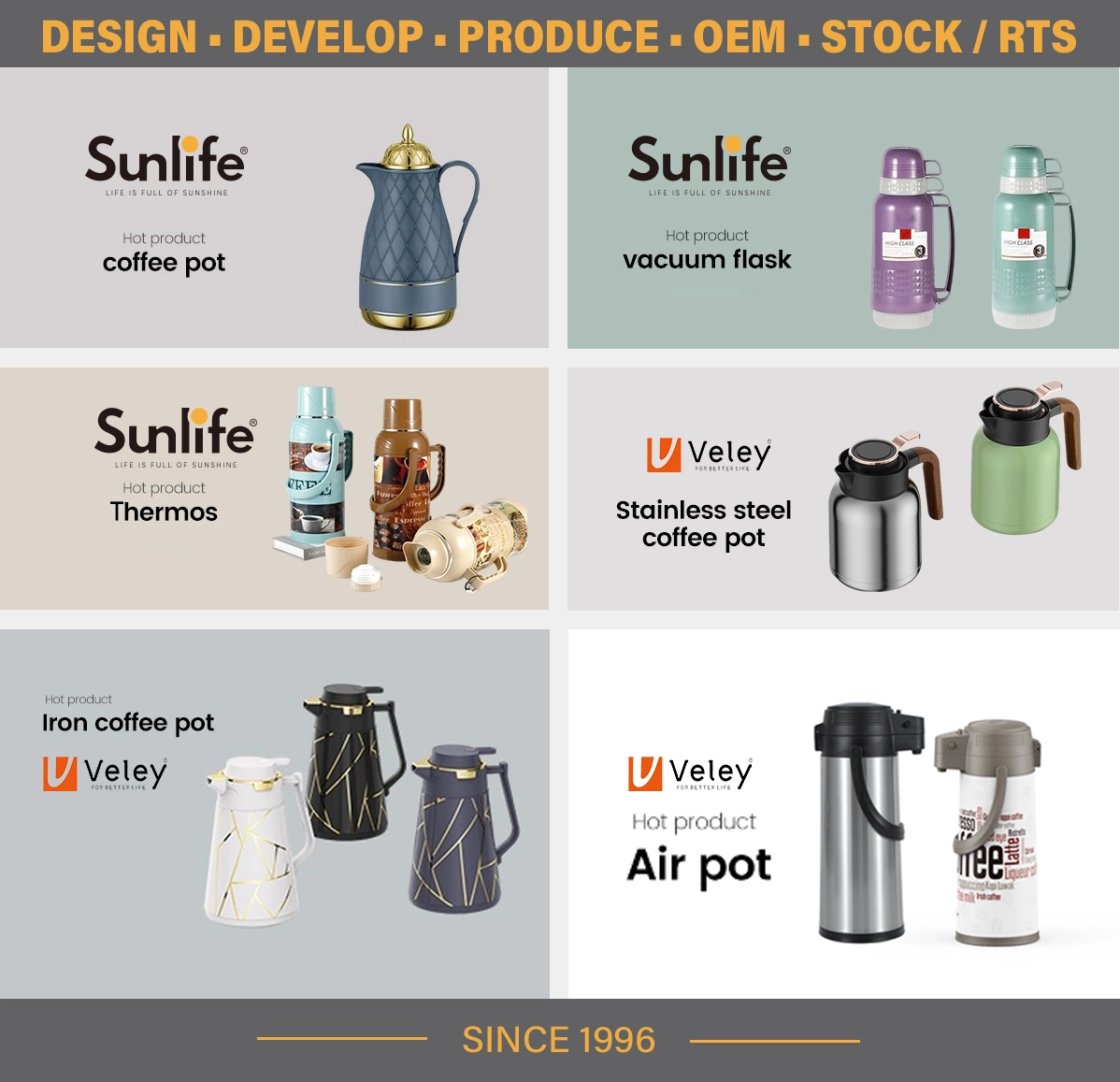
How Shape and Size Control Retaining of Heat
The shape and size of the container control how much heat it retains. Oval-shaped or round containers have less surface area. They lose fewer amounts of heat than rectangular containers. Small containers retain more heat as they contain fewer amounts of air within them. Thicker walls also help to cause that effect through providing greater insulation. They might, however, increase the weight of the container. Choosing the size and shape is your preference. You might need a small casserole for family meals or a large one for big parties.
Why Veley is Your Best Insulated Casserole Supplier
Veley, based in Yiwu, Zhejiang, is a leading manufacturer in the cups and containers industry. Founded in 1996, Veley has over 25 years of history. It is an expert in high-quality insulated items, including containers. Focus on quality, large product series, and worldwide distribution establish it as a familiar name to wholesale and special-order customers.
Veley’s Dedication to Quality and Innovation
Veley stands out for its focus on quality and innovation. All products are tested thoroughly to ensure it’s long-lasting and effective. Its R&D team comes up with new designs every two months. They use sophisticated insulation methods. Veley’s products under DAYDAYS and FEENIK brands reach over 100 countries. They sell over 1.5 million units each year in their home market alone.
Product Features That Increase Heat Retention
Veley‘s insulated containers also have new features. Double-wall metal construction makes them strong and effective at holding heat. Vacuum-sealed technology offers long-lasting temperature control. Clients can obtain containers fit to their specification through Veley’s OEM/ODM options. They can choose size or add branding. For more information, contact Veley to see their comprehensive line of products.
Conclusion
Insulated containers are excellent at maintaining food hot and fresh. They utilize the cutting-edge technology in materials like metal and vacuum-sealed technology. They also utilize smart design features like airtight lids. All these factors are excellent at preserving heat. Veley’s lines are simple to differentiate by virtue of their quality, originality, and customization potential. They’re a favorite with both home use and businesses. Choose a high-quality insulated container to maximize your dining experience.
FAQs About Insulated Casseroles
How long in average does an insulated casserole keep food hot?
The length of time a container will keep food hot depends on the construction and materials. Good-quality vacuum-insulated containers, like Veley, will hold food temperature at 6 to 12 hours. 4- to 6-hour is standard for foam-insulated ones. Metal containers fall between. Performance depends on the lid and build.
Are insulated casseroles safe to store cold food as well?
Yes, insulated containers are convenient. They can hold cold foods safely. Vacuum-sealed and double-wall designs keep cold temperatures steady. This makes them excellent for refrigerated foods like salads or desserts. They will usually stay cold for 12 hours.
How do I clean and maintain my insulated casserole to function at its best?
To maintain your insulated container in top condition, wash it immediately after use. Wash with warm water and gentle soap to prevent odors. Wash with soft sponges to avoid damaging the inner coating. Dry completely before putting it away to avoid mold buildup. Inspect seals every now and then for wear. Replace them if necessary to maintain the container airtight.

